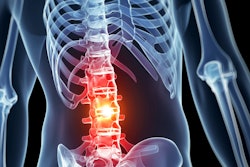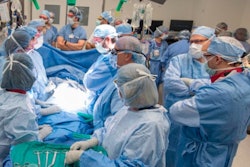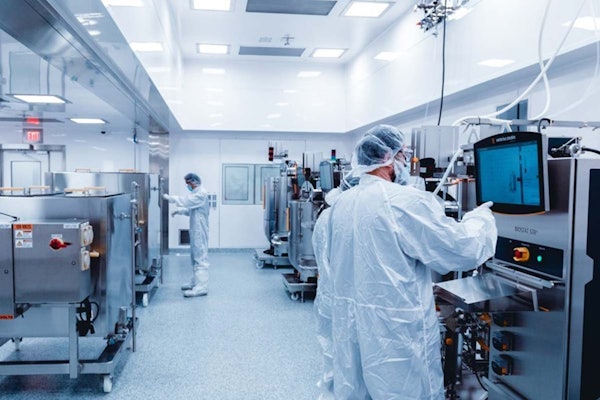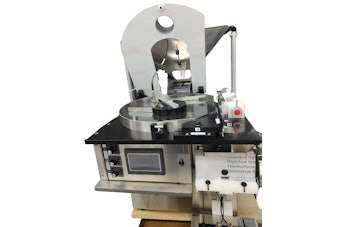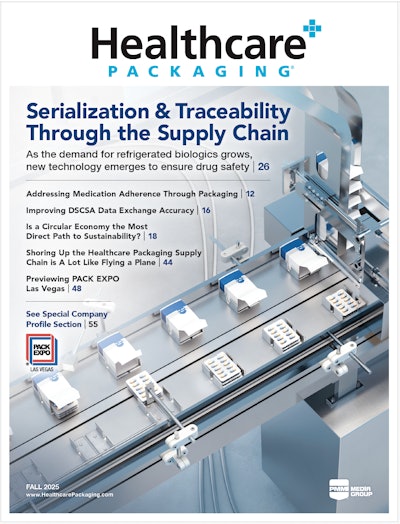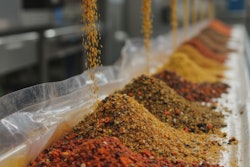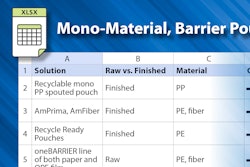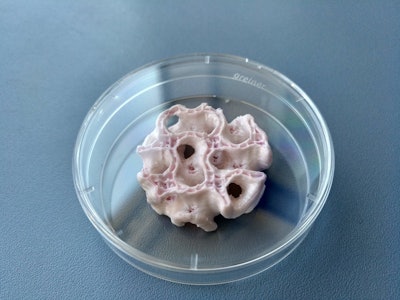
Being an astronaut is dangerous; the terrain is harsh and unforgiving, and there are not doctors to tend to injuries. The lack of gravity affects the bodies of those in the International Space Station by causing muscles to wither and bones to lose mass making them more prone to fractures. A recent New Atlas article reported on a new development from Germany’s Dresden Technical University that could help astronauts repair their bodies in space with bioprinting.
The team’s goal was to create a pay for astronauts to 3D print new skin patches for wounds and pieces of bone to help fractures heal. They faced two problems: sourcing “bio-inks” in space, and working with liquids in a micro-gravity setting. To clear the first hurdle, they decided to work with materials the astronauts have on-hand, using plasma from blood to make skin cells and stem cells to create bone. To make liquids easier to handle in low gravity, the team added methylcellulose and alginate, which come from plants and algae, to increase the viscosity of the ink. Rather than recreating a low gravity environment on Earth to test the process, they ran the 3D printer upside down—a video of the process can be seen here.



